
It is with great excitement that I present my latest work, [escape]!
This album is an exploration of the concept of escaping. Escaping difficult personal circumstances, escaping reality, escaping self-imposed limitations, escaping wider social disaster, etc.
On a lighter note, it also explores the concept of “escaping” the confines of the predominant musical tuning system in the world today.
Like my previous [syzygy] releases [xendeavor one], [ouroboros], and [loiterer], my Yaeth album MMXX, Melopoeia’s ongoing Valaquenta, and my web app Color Horizons, this album explores microtonality, the spaces between the notes found in 12 Tone Equal Temperament (also known as 12 Equal Divisions of the Octave [also known as 12edo]). This release focuses on one particular alternative system, 10 Equal Divisions of the Octave (10edo).
Earlier on in my microtonal experimentation, I commissioned a custom 24edo neck from Metatonal Music. I thought it would be a great way to dip my toes into alternate EDOs — 24edo contains all the normal 12edo notes, plus every pitch exactly in between. I was very happy with the craftsmanship of the custom neck, but I quickly discovered that I found the guitar was pretty difficult to play due to having so many frets to keep in mind (some people can play 31edo guitars with precision, I don’t know how they do it!) Also, most of the new extra notes create rather dissonant harmonies. I was struggling to do anything I found worthwhile with it.
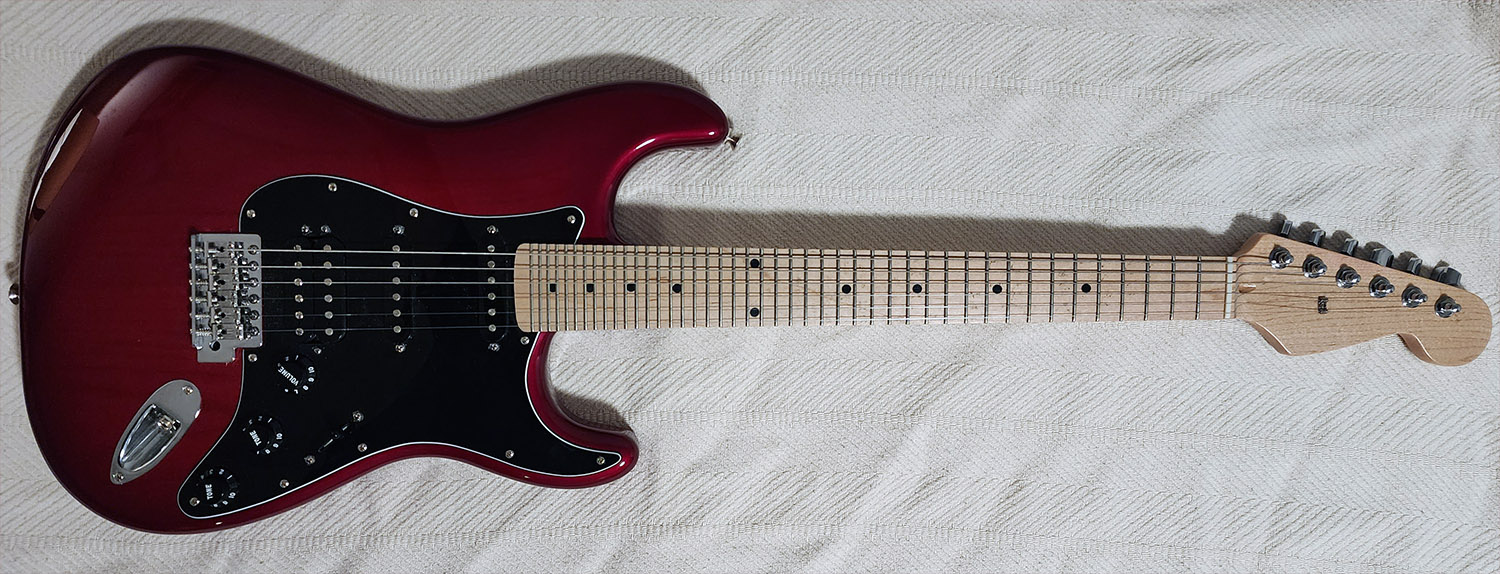
Later, I made [xendeavor one], which had one song in 10edo, The Katechon. While composing that song, I was surprised by how consonant I found the tuning. In my experience, when hearing a new alternative system to 12edo, there’s always an adjustment period — initially the tuning sounds strange, but after listening to it for a period of time it can end up sounding as “normal” as 12edo… just… different. I found my ears normalized 10edo very quickly compared to some other tunings. Later, I made MMXX, where I experimented with 10edo further on the song Rise. Again I was particularly intrigued by it as a tuning.
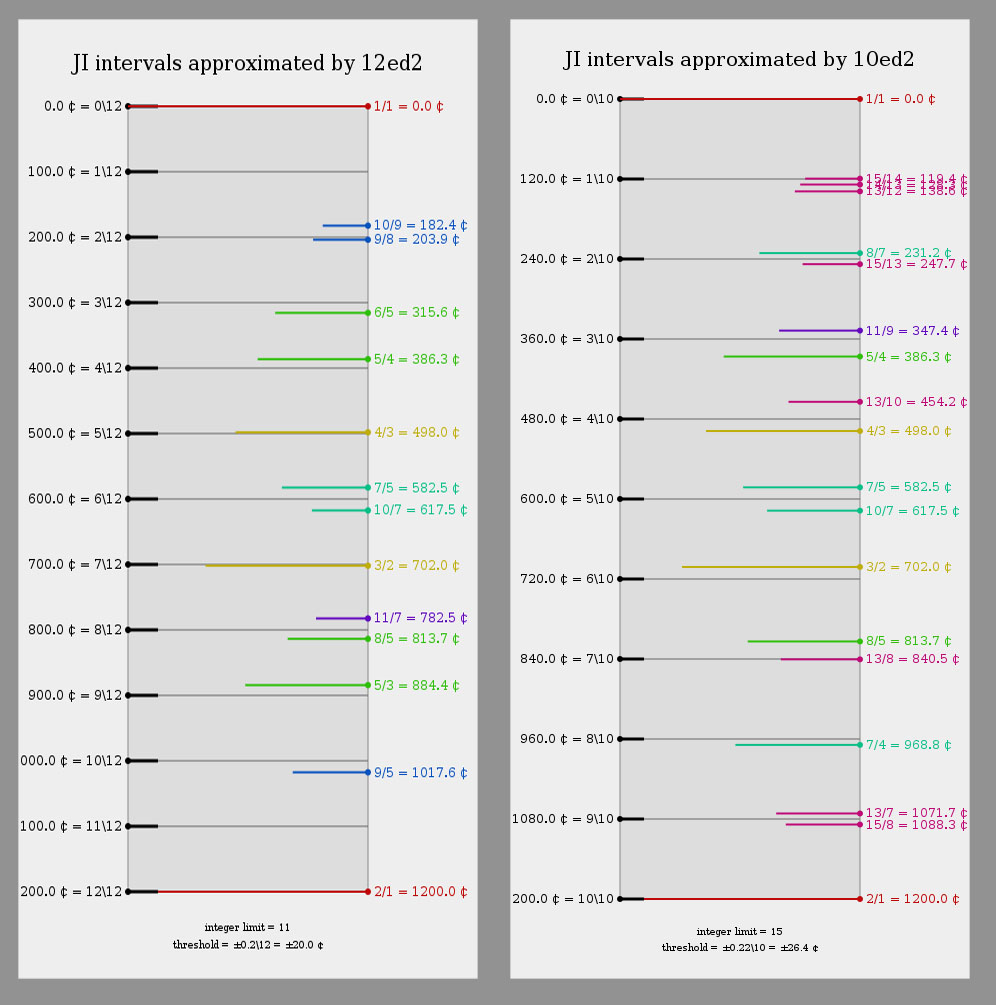
After much consideration, I decided that I wanted to try 10edo on guitar. Firstly, I knew at this point that I loved the sound that 10edo offers. Secondly, where 24edo is more complex due to having twice as many notes, trying 10edo would go the other direction — in theory, it would be simpler to play than 12edo, due to having fewer frets to keep in mind. Thirdly, while playing my 24edo guitar, I found I was always still mentally locked into 12edo thinking due to the fact that all of the 12edo notes are still present. 10edo shares only one interval with 12edo, the 600 cent tritone (which is present in all even-numbered EDOs). Other than that, it offers entirely different potential harmony. (Though due to having 2 fewer frets, it offers a more limited palette of scales with which to experiment…)
Once again, I began the process of getting a custom neck fabricated. As with my 24edo guitar, I was highly pleased with the result. The big difference was that with this guitar, I was immediately able to pick it up and play things that I found usable/worthwhile. The songs on [escape] are each the result of picking a particular mode of a 10edo scale and seeing what comes naturally from exploring it on this guitar.
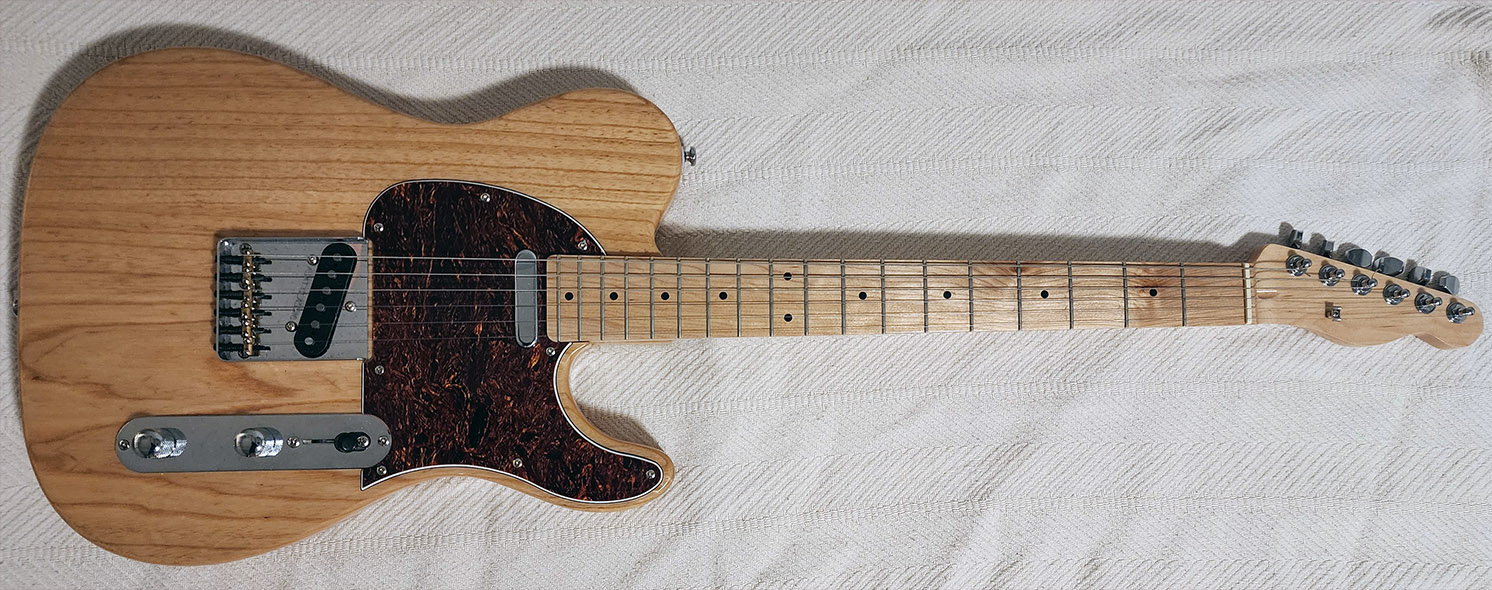
One interesting side effect of playing the 10edo guitar for a while is that I now find it much easier to play my 24edo guitar than I did before. Where I used to play the 24edo guitar and get stuck thinking in terms of 12edo with extra notes, playing the 10edo guitar helped break the habits built up by more than 2 decades of 12edo guitar thinking. Now that I can comfortably play the 24edo guitar, there will definitely be some quarter-tone work coming in the future that will feature it.
Other Notes:
This is my first complete solo release in over 2 years. Between the pandemic, having a second baby in our family, and spending every single personal free moment I had for a year on a career transition, I had very little time or energy left to produce musical projects. The effects of the pandemic on daily life have lessened, our baby is growing up, and I’ve settled in comfortably in my new line of work. This has left me with much more time and energy to make music. But once I had free time again, I found my musical momentum was low. I have had 6 projects in various stages of completion that have built up (the oldest of which was begun in 2016), but I couldn’t bring myself to actually open Pro Tools and do any work on any of them. This album is an active refreshment of my creative process. I used it to rebuild my momentum. Now that this is done, I am finding much joy in picking those other sessions back up. I look forward to sharing each one of them as they reach completion.
On another note, this is the first release on which I felt inspired to do fully sung vocals since my 2014 math rock offering, Vanishings. For many years I had only felt inspired to make instrumental music or music with harsh vocals… but I’ve always loved singing. Now that I’ve removed that mental block I will definitely be releasing more music with sung vocals as time moves forward. It was especially fun to sing on something microtonal! I’ve wanted to try that since first experimenting with alternative tuning systems.
Thanks to Ron Sword of Metatonal Music for the alternate-EDO neck fabrication, installation, and setup.
Thanks to Jack Shirley of The Atomic Garden for his mastering work on this EP.
Thank you to my wife Laura for the cover art.
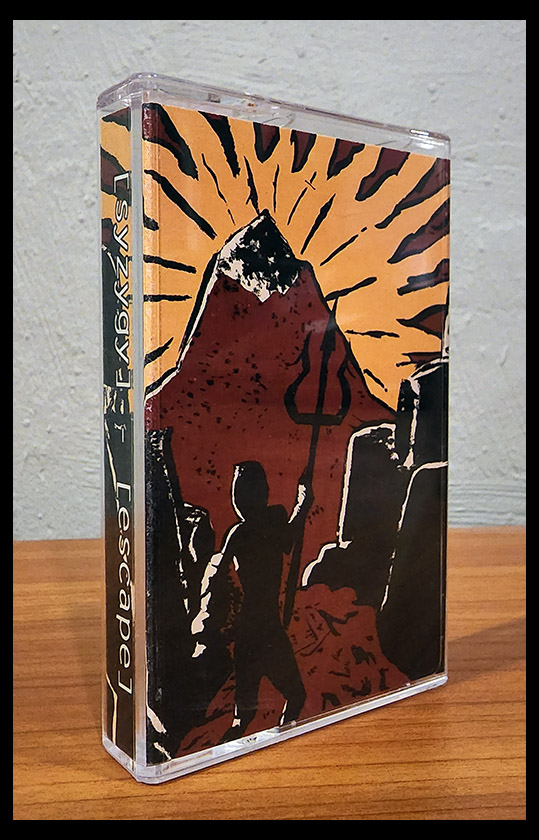
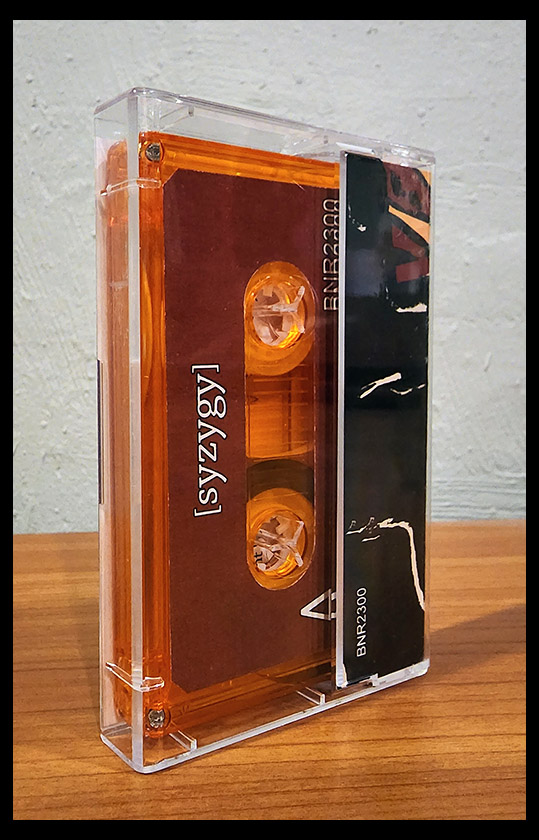
Gapless w/ Lyrics on YouTube:
Stream or Download/Purchase (name-your-price) on Bandcamp: